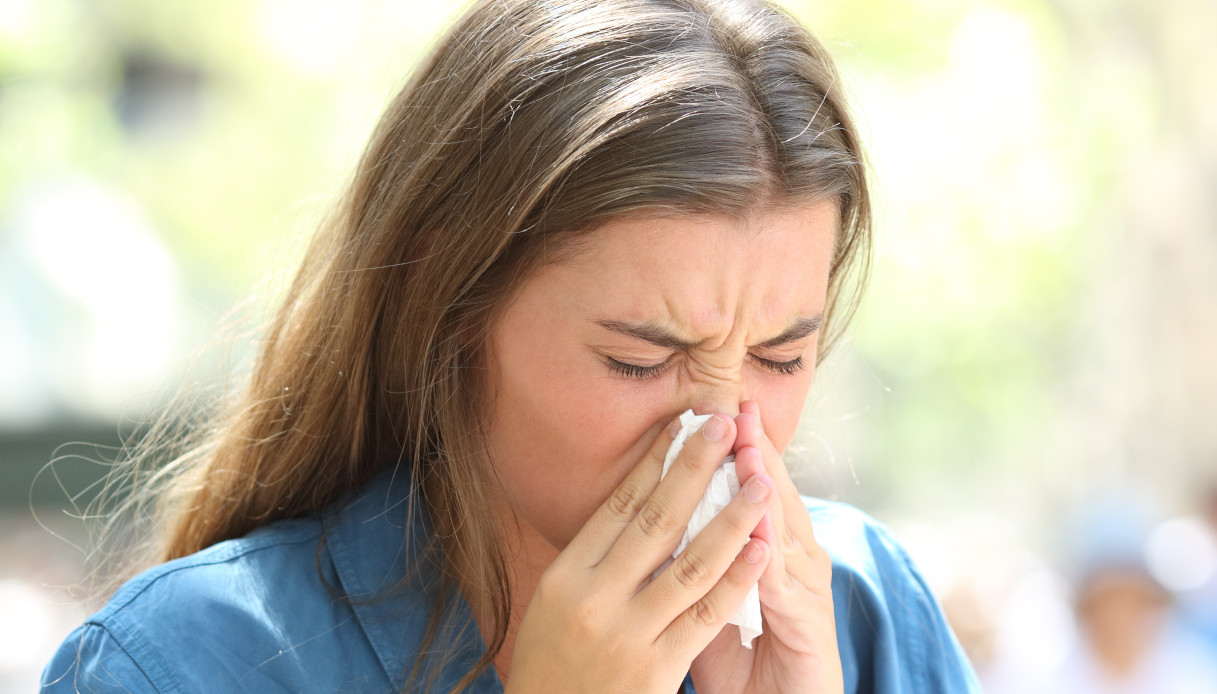Experts call it chronobiology. It is the science that studies the changes of the body over time, the seasons and even the 24 hours. The organism has its own rhythms. And also the pathological manifestations, in some way, tend to worsen in specific hours. So you understand why, basically, heart attacks are concentrated above all in the early hours of the morning. And if you know someone who has respiratory problems, they will probably tell you that in the hours leading up to lunch, the discomfort seems greater.
Again: those who suffer from osteoarthritis will find it difficult to “get started” when they get out of bed, while in the afternoon their joints will be more elastic. Well, something similar also happens for the rhinitis. Symptoms often follow a kind of “circadian” rhythm. With the disturbances that are accentuated the morning, and then “decrease” progressively over the course of the day. On average, symptoms such as runny nose, repeated sneezing, nasal obstruction, and itching are more intense in the morning in 70 percent of those affected.
The morning has no gold in its mouth
Among the first to notice this curious situation was a French doctor, Armand Trousseau, who published an article on the higher prevalence of rhinitis symptoms in the morning, both in terms of number and intensity. From that first clinical evidence we have moved on to various studies published in scientific journals that have highlighted both this curious circadian “variation” of rhinitis and the impact that the disease has on life qualityconcentrating on the hours of maximum commitment for those who go to school and work.
Even in 1995 the cronobiologo americano Michael Smolensky The University of Houston evaluated the variations between night and day in rhinitis symptoms as 20 percent compared to the daily average. And he invited a careful “personalization” of therapy, which also included respect for the circadian rhythms of the disease. Whatever the situation, with the obvious personal variations, we remember that behind the rhinitis and its symptoms such as nasal obstruction or sneezing repeatedly there is inflammation.
Often, but not always, it is bad at first to breathe through the nose because the air does not run freely through the roots. The presence of theinflammation, which induces a progressive “swelling” of the mucosa and above all the excessive production of mucus, which then further obstructs the passage of air. It is at this point that the nasal congestion. If not treated adequately the inflammation then tends to self-maintain over time and become chronic, and even affect other areas of the respiratory system such as the trachea and bronchi. It can also facilitate the onset of otitis media, annoying inflammation / ear infections that can be linked to the presence of mucus inside the ear canal.
How these processes arise
Stuffy nose, difficulty breathing. These are the predominant annoyances in those suffering from nasal congestion. Disturbances arise from a sequence of events that often begin with an external element. This can be a compound capable of triggering the allergy, but it can also act directly as it happens with viruses, bacteria or even powders “attack” the mucous membrane of the nose. Obviously, after this “insult”, the organism tries to protect itself. And it does so directly by acting on nasal mucosa. How? Also by increasing the amount of blood arriving through the numerous capillaries that supply it and normally serve to “heat” the air (hyperemia).
This reaction, in some way, represents the starting point of the inflammatory process, which in rhinitis obviously tends to expand, especially in the more serious forms. So for the person i also begin more troublesome symptoms: the inflammatory reaction produces an increase in mucus secretion by the glands in the nose. In addition, the nasal mucosa tends to swell. The passage of air is increasingly difficult and the nose closes. Nasal congestion arrives and we need to get rid of it. If for any treatments the indications must be offered on a case-by-case basis by pharmacists and doctors, there is one thing that appears to all people suffering from rhinitis anyway: free the nose. And then, let’s remember that even if it is not a real art, even the maneuver of blowing your nose must be done well.
How to behave? The ideal is free one nostril at a time, closing the other, thus avoiding inducing excessive pressure on both nostrils. In the case of a particularly blocked nose, in fact, there is a risk of triggering a chain reaction that facilitates the passage of germs inside the paranasal sinuses. Or maybe you may experience severe pain inside the ear, due to the pressure exerted on the eardrum. For this we need caution.
